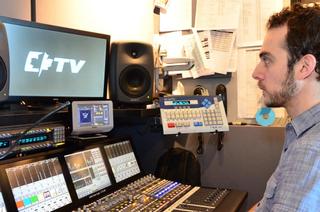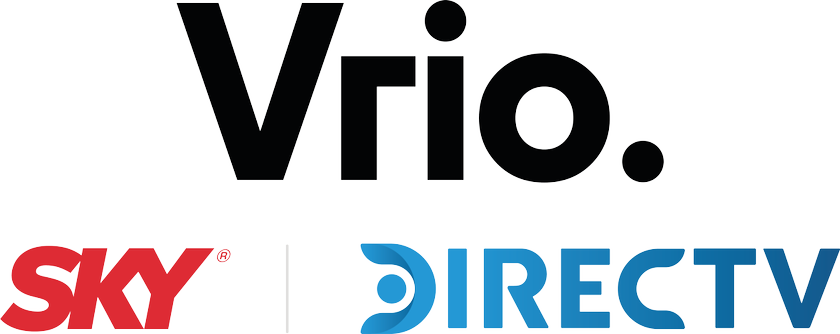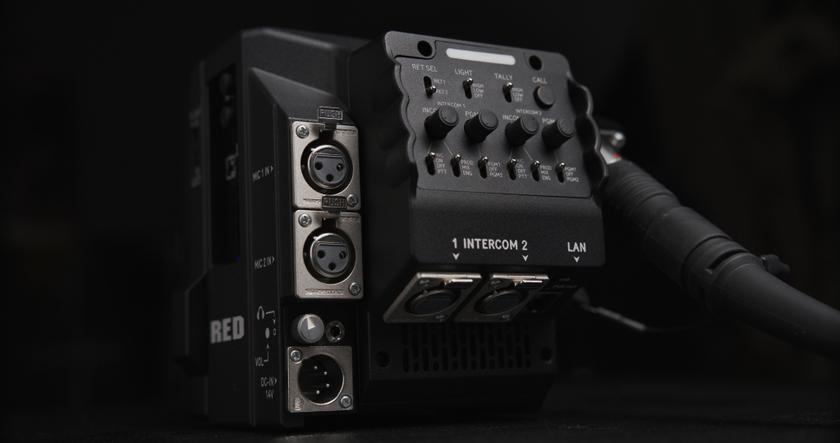Maple Leaf Employs RTW TM7 Touchmonitor for Upgrade

Audio engineer John Hunter works at the upgraded MSLE studio
TORONTO—When Canada’s Maple Leaf Sports and Entertainment transitioned their studios to 5.1 audio, the engineers needed to analyze meter levels in 5.1 and measure loudness.
When the Canadian Radio-Television and Telecommunications Commission implemented a loudness mandate for Canadian broadcasters similar to the United States’ CALM Act, the network needed a reliable audiometer.
The team chose RTW’s TM7 TouchMonitors for functionality and simplicity. The seven-inch-touchscreen audio monitor provides measurement data for maintaining audio levels during live broadcasts of sporting events. The software visualizes multiple sources simultaneously and supports displaying the same signal on multiple instruments in parallel, each with dedicated defaults with both horizontal and vertical operation. It visualizes up to 16 analog and/or digital sources simultaneously.
MLSE senior broadcast engineer Alain Siodlowski and his team settled on the TM7 because of its customizable modules, as well as previous experience with it in OB trucks. Siodlowski saw how it functioned with a variety of consoles, and MLSE uses it with SSL C10 HD consoles.
MLSE owns the Toronto Maple Leafs (NHL), Toronto Raptors (NBA), Toronto TFC (MLS) and the Toronto Marlies (AHL), as well as the Air Canada Centre, BMO Field and Rioch Coliseum. The company also operates three TV stations. Leafs TV is dedicated to coverage of the Toronto Maple Leafs professional NHL hockey team. NBA TV Canada broadcasts NBA basketball, and GolTV Canada covers professional soccer matches worldwide. MLSE networks also produce in-house programming, including hockey and basketball games, for which they rely heavily on the TM7.
“In the control rooms, when we are mixing, we are basically in front of a blank canvas, saying, ‘How do we want to create this?’” says Siodlowski. “There are certain sound-placement rules: You put your announcers here, your rink sound here and your audience here, but then you have to really work on how to create the mix and still make it sound good in stereo. And that is where RTW’s vectorscope comes into play. It tells you if your levels are too high or too low or if you are too far forward or too much in the rear—it gives you nice visual feedback.”
Siodlowski describes the system’s customization as user-friendly. “You can move stuff around, you can set it up the way you want, and if there is something you don’t need, you just don’t put it up or make it smaller,” he says. “It’s so easy to maneuver with the touchscreen. Having that functionality has been really good for our operators.”
Get the TV Tech Newsletter
The professional video industry's #1 source for news, trends and product and tech information. Sign up below.













